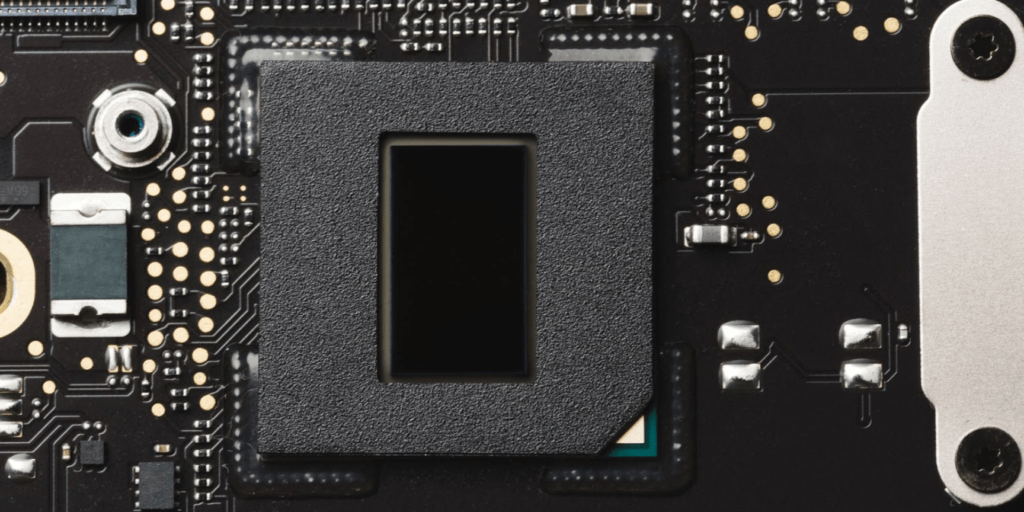Backup and disaster recovery can sound like the same thing at first hearing. However, they are two distinct, but important, aspects of maintaining business operations. Knowing the difference between backup and disaster recovery helps you make smart long-term decisions for your organization.
Backup involves copying information in case of data loss or corruption. Disaster recovery is the broader goal of maintaining business continuity during a disaster.
In both instances, backup and disaster recovery, recovery time objective and recovery point objective are key concepts for protecting your business. Utilizing TenHats as your data center can help your organization meet backup objectives and enable continuous business operations during a disaster.
The Difference Between Backup and Disaster Recovery
The difference between backup and disaster recovery can be hard to distinguish at first. These two terms are often used interchangeably since both involve restoring data, but one is proactive while the other recovers information after the fact.
Backup
Backup is the process of copying data or information so that it can be restored in the event of corruption or data loss. You can lose data for a number of reasons, such as:
- Software issues
- Hardware failure
- Human error
It’s best to perform the backup process on a regular basis to help ensure that your backup copy is always up-to-date. Backups can be stored in a number of ways, including:
- Cloud storage services
- Hard disks
- Tapes
Backing up your data should be a regular part of your company’s routine. It’s possible that you may never have to use it. On the other hand, backups often can be the last safety measure available to recover your lost data.
Disaster Recovery
 Disaster recovery (DR) is a more comprehensive process than creating backups. Rather than only restoring data, it is designed to ensure the timely recovery of data, apps, and systems to a separate site following a system failure, natural catastrophe, or a ransomware attack. Having a disaster recovery strategy in place is key to business continuity.
Disaster recovery (DR) is a more comprehensive process than creating backups. Rather than only restoring data, it is designed to ensure the timely recovery of data, apps, and systems to a separate site following a system failure, natural catastrophe, or a ransomware attack. Having a disaster recovery strategy in place is key to business continuity.
Your business should have a disaster recovery plan in place in case a catastrophic event were to occur. It should include the steps and technology necessary to restore your IT systems and infrastructure, including:
- Applications
- Databases
- Networks
- Servers
The difference between backup and disaster recovery is largely one of scope. Although data backups and disaster recovery are two different things, they also go hand-in-hand. Backups ensure your data is safe in case of data loss or corruption. Disaster recovery implements those backups with other protocols so that your business can return to normal as quickly as possible.
See why our data center in East Tennessee offers the best resiliency for natural disasters.
What are RTO and RPO?
RTO and RPO are important concepts in business continuity planning and disaster recovery. Together, they help establish what kind of recovery capabilities an organization needs to minimize the impact of a disaster while meeting its business requirements. Like the difference between backup and disaster recovery, they combine to give businesses a complete picture.
RTO
Your recovery time objective (RTO) is the amount of time from the occurrence of a disruptive event to when the impacted resource(s) must be fully operational and ready to support the organization’s objectives. The RTO for each business is different and each application or system within an organization may have different RTOs. RTOs can range from seconds to hours to days.
Each business should determine an RTO that allows for the necessary infrastructure fixes while minimizing the financial and operational impact. For example, a small business with a handful of clients may be able to operate with manual invoices for a few days until systems come back online. Yet a large enterprise relying on ecommerce transactions may need the site up and running within an hour to avoid significant lost revenue.
Imagine a company with an RTO of two hours that experiences a disaster at 4:00 PM. This means that their business process must be restored by 6:00 P.M. that evening to keep losses below an acceptable threshold.
RPO
Recovery point objectives (RPO) refer to the acceptable amount of data (measured by time) a company is willing to lose in a disruptive event. An RPO basically specifies how much data a company can tolerate losing. Large companies or organizations with strict regulatory concerns may need data backups to be as recent as possible—a “near zero” RPO—whereas other businesses may function normally even if they lose a few hours of data.
Imagine the same company has an RPO of one hour, meaning backup files must always be as recent as 60 minutes ago for the business to function optimally. In this case, backing up an application or set of files every twelve hours would not meet the company’s RPO. If there were a data loss, the company could not guarantee that its most recent backups were from less than 60 minutes ago.
Combining the Metrics
As with the difference between backup and disaster recovery, RTO and RPO work together. These metrics help create a baseline for organizations, letting them know what time and resources they will need in order to remain operational.
In the examples above, with an RTO of two hours and an RPO of one hour, the company would need a secondary location to ensure data, applications, and systems could be recovered and operational in less than two hours.
Learn why choosing the right data center can make all the difference for your organization.
Do Small Businesses Need a Disaster Recovery Plan?
 As the old adage goes, “Failing to Prepare is Preparing to Fail.” Not having a disaster recovery plan for your small business puts you at risk of suffering major losses when an emergency occurs. No matter how many precautions you take, you can’t always avoid disasters, but you can prepare for them. A disaster recovery plan provides the path that a business should follow should a disruptive event occur.
As the old adage goes, “Failing to Prepare is Preparing to Fail.” Not having a disaster recovery plan for your small business puts you at risk of suffering major losses when an emergency occurs. No matter how many precautions you take, you can’t always avoid disasters, but you can prepare for them. A disaster recovery plan provides the path that a business should follow should a disruptive event occur.
Every business needs a disaster recovery plan, and access to a reliable and secure data center is foundational to recovery in the event of a disaster. The term data center is often used liberally, and, as a result, many misconceptions about data centers exist. A data center is a separate, secure space that is designed with specialized environments for computing and storage. Data centers require dedicated electrical supply and cooling with specialized operations staff. Data centers offer security, cost savings, support, and additional add-ons that traditional in-house facilities cannot compete with.
Data centers operate on a tier system with Tier I being the lowest and IV being the highest. TenHats data center was built to Tier IV specifications, meaning we have multiple pathways for power and cooling and can guarantee an uptime above 99.9%. Choosing TenHats means taking steps to operate more efficiently while thinking about IT strategically in order to grow your business.
Do you need help with data backup and recovery solutions? Contact us today to start a conversation!
The difference between backup and disaster recovery can seem blurry. Backups are the way you copy data and information while disaster recovery is your overall plan for maintaining business continuity during a disaster. RTO and RPO work similarly as closely related concepts for maintaining business operations. Partnering with TenHats’ data center helps your business stay functional when a disaster occurs.
In 2016, TenHats built the region’s first purpose-built colocation data center in over 20 years. Located in Knoxville, TN, our data center can serve any organization in East Tennessee and beyond. With our team’s IT experience, we provide a lot more than simply protected data. When you call us, you talk to a real IT expert. Connect with our team about our data center today!


